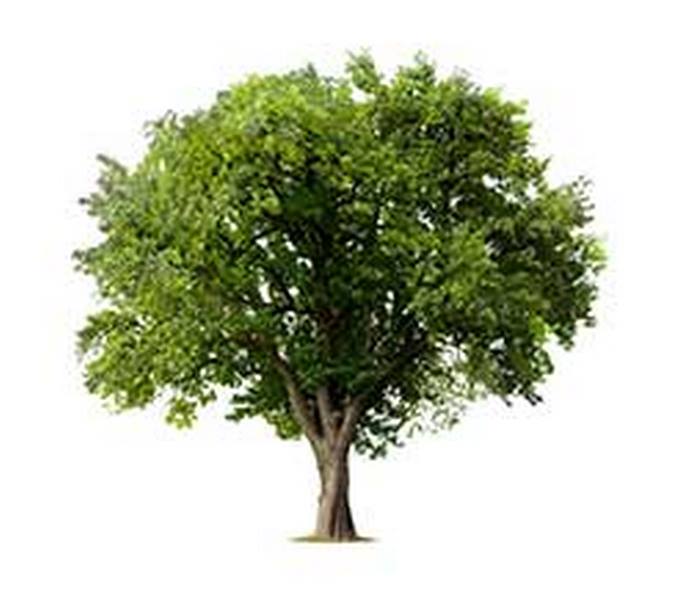Korase, a farming community located 10 kilometres from the capital of the Jaman North District, Sampa, hosts the biggest and oldest mango tree in the Bono Region.
Notwithstanding the poor nature of the road leading to the community, people troop to this community to catch a glimpse of this wonderful mango tree which has continued to stand the test of time.
Elsewhere, the site of the biggest mango tree would have probably been developed long ago to generate income, not only for the people in the community but also in the district, the region and the entire country.
However, people who go to the area to see this gargantuan mango tree which has existed for centuries do so without paying a dime.
Old mango tree

History
History has it that the mango tree seedling was planted between 1740 and 1818 during the inter-tribal wars between the people of Techiman and Asanteman.
It is believed that the people of Techiman, who once settled in the area, planted the mango tree, which has survived to become the mother of all mango trees in the region.
The giant mango tree is unique because of its huge stem and branches, and how tall it stands among other mango and tree species.
It also has many big roots and a huge stem which have enabled it to withstand strong winds and thunderstorms over the years.
Unique features
The Korasehene, Odumgya Osei Akoto III, told Graphic Online’s Biiya Mukusah Ali that one of the unique features of the mango tree was that it had three main branches, with each branch bearing different fruits with different tastes.
Located precisely at the premises of the Korase D/A Basic School, teachers of the school have turned the historic mango tree into a staff common room, while pupils and students use its surrounding as a playing ground.
Also, the mango tree provides a unique canopy which comes with fresh natural air to attract teachers, students, visitors and some community members to sit under it, either to rest or for pleasure.
Odumgya Akoto, who is also the Gyedumhene of the Drobo Traditional Area, said most of the community gatherings, such as marriage and naming ceremonies, community durbars and funerals were held under the mango tree because of the unique shade and fresh air it provided.
Visitors
Odumgya Akoto said visitors continued to visit the tree, particularly during mango seasons, to have a taste of the three different fruits from its three main branches.
He said chiefs in the area were mobilising resources to fence the mango tree in order to protect it and generate income to develop the community.

Odumgya Akoto said even though the community had made several appeals to the Jaman North District Assembly to develop the site of the unique mango tree, the assembly was yet to do so.
He appealed to the assembly and other developers to support the community to fence the tree to prevent people from getting direct access to it.

Committee
When Graphic Online contacted the Jaman North District Chief Executive, Solomon Owusu, he said the assembly had constituted a committee to find a way to develop the site to attract more tourists.
“There is a plan to develop the site as a tourist attraction,” he stated, explaining that the development of the site would generate revenue for the assembly.
He explained that the Department of Social Welfare and Community Development of the assembly was leading the process to develop the site.

